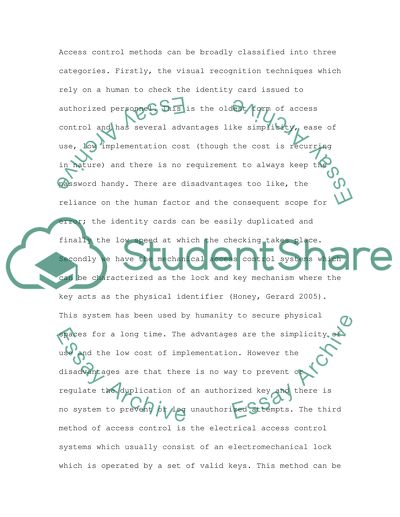Cite this document
(“The Future of Access Control Essay Example | Topics and Well Written Essays - 2500 words”, n.d.)
Retrieved from https://studentshare.org/miscellaneous/1534686-the-future-of-access-control
Retrieved from https://studentshare.org/miscellaneous/1534686-the-future-of-access-control
(The Future of Access Control Essay Example | Topics and Well Written Essays - 2500 Words)
https://studentshare.org/miscellaneous/1534686-the-future-of-access-control.
https://studentshare.org/miscellaneous/1534686-the-future-of-access-control.
“The Future of Access Control Essay Example | Topics and Well Written Essays - 2500 Words”, n.d. https://studentshare.org/miscellaneous/1534686-the-future-of-access-control.


